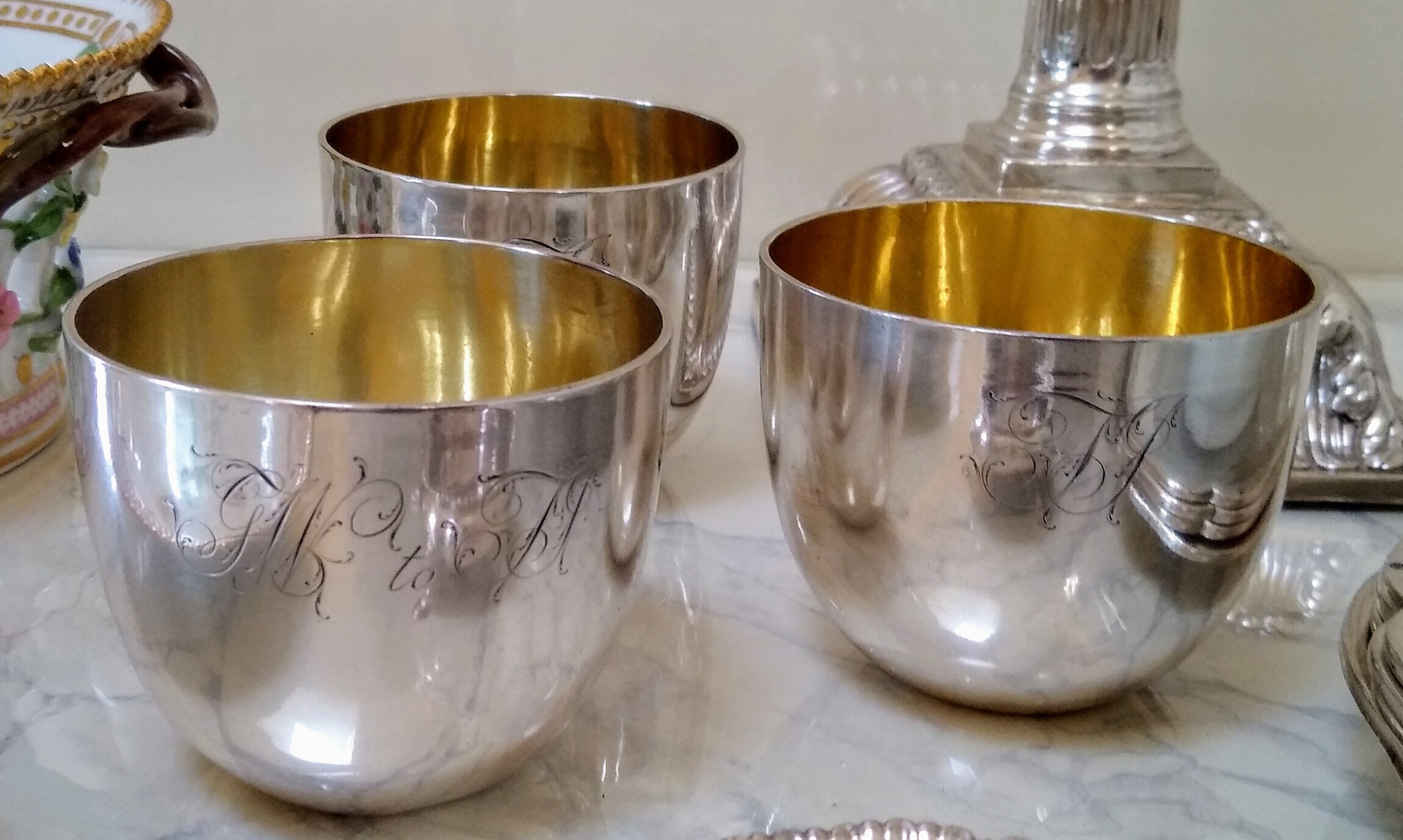"He enjoys his dinner well, taking with meat a large proportion of vegetables. He has a strong preference for the wines of the Continent, of which he has many sorts of excellent quality... Dinner is served in half Virginian, half French style, in good taste & abundance."
- Daniel Webster, Notes of a Conversation with Thomas Jefferson at Monticello, 1824


